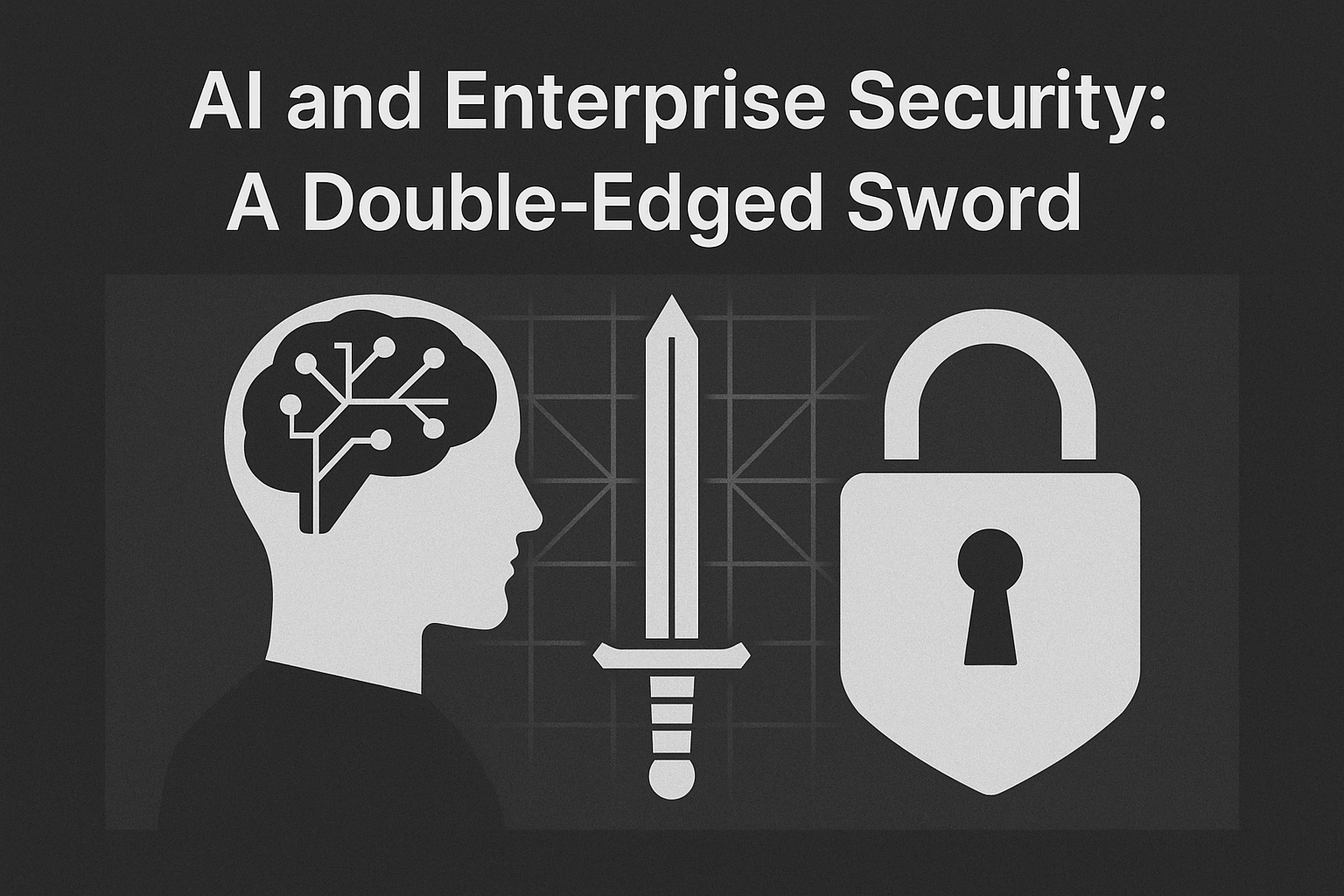AI and Enterprise Security

AI is transforming the way enterprises handle data security. But as much as AI strengthens cybersecurity, it also introduces new vulnerabilities.
The Power of AI in Security
Threat Detection: AI algorithms can monitor network traffic, detect anomalies, and flag potential threats in real time — far faster than human analysts.
Data Encryption and Protection: AI can dynamically adapt encryption protocols based on emerging threats, safeguarding sensitive enterprise data.
Access Control: AI-powered systems can analyze user behavior and detect unauthorized access attempts, preventing breaches before they escalate.
The Risks of AI in Enterprise Security
Data Privacy Concerns: AI systems often require massive datasets to function effectively. If not properly managed, this can expose sensitive information to potential breaches.
AI Vulnerabilities: Hackers can exploit AI algorithms by feeding them manipulated data, causing them to misclassify threats or ignore attacks.
Insider Threats: AI systems can inadvertently amplify risks posed by malicious insiders by granting excessive access based on behavioral analysis.
Best Practices for Implementing AI in Enterprise Security
Data Minimization: Only collect and retain the data necessary for AI functions to minimize exposure.
Algorithm Audits: Regularly review AI algorithms for potential vulnerabilities or biases.
Access Controls: Implement strict access controls and monitor AI systems for unauthorized use.
Incident Response: Develop AI-specific incident response plans to mitigate risks swiftly.
The Bottom Line
AI is both a powerful ally and a potential risk in enterprise security. To fully harness its capabilities, organizations must implement robust security protocols that address both traditional and AI-driven vulnerabilities.